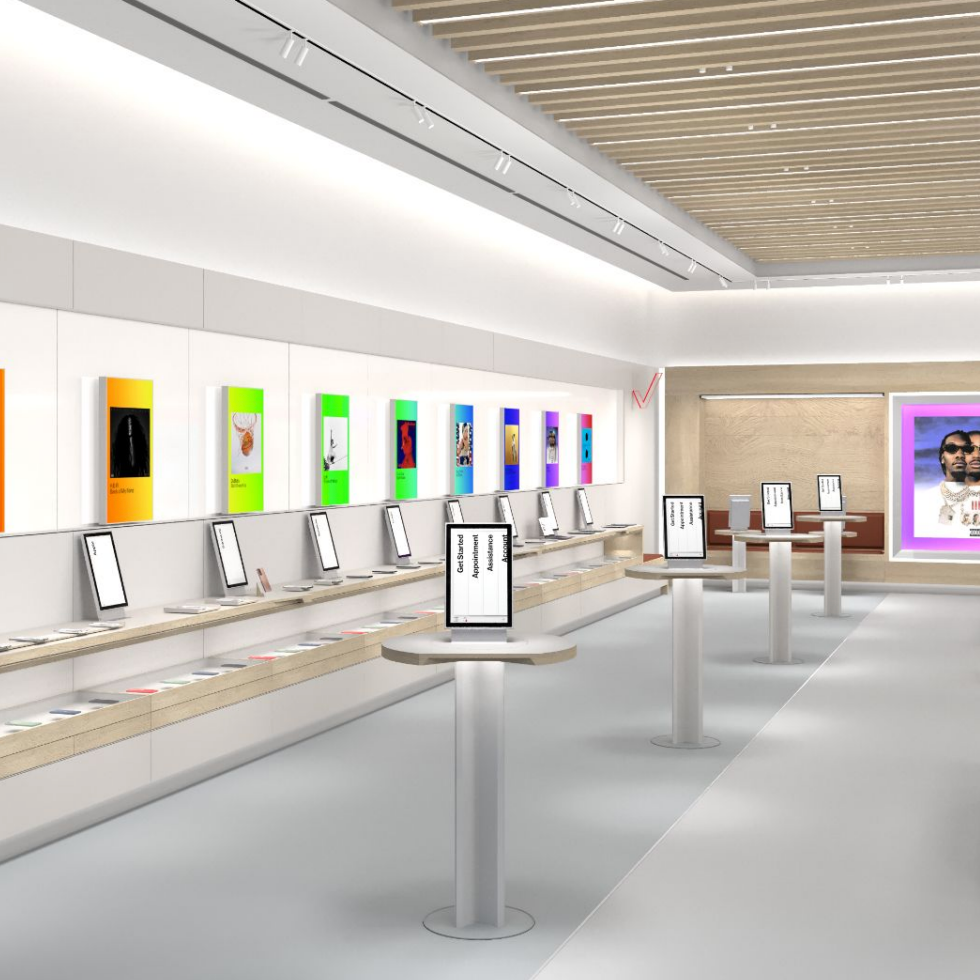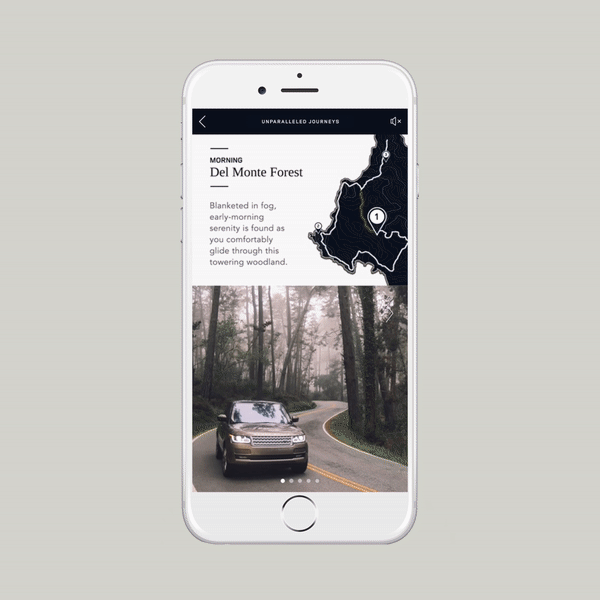Verizon Interactive
DESIGN System
DESIGN System
project overview
CONTEXT
For Verizon, Interactive retail experiences allow customers to dive deeper into our plans, products and services. We needed a detailed guideline set of principles and tools for extending the Verizon Design System into digital retail space.
OUR APPROACH
Throughout the project, I was responsible for hiring, directing, and leading the design team to overhaul a new design direction for Verizon’s Interactive Retail platform. We delivered a comprehensive audit of our current system, expansion pack, high-fidelity prototypes and guidelines to help with design system documentation.
We were developing retail digital experiences
as business needs arose and needed to
catch up to establish a system.
as business needs arose and needed to
catch up to establish a system.
design audit
We set out to establish a unified design system across digital touch points in Verizon Retail. But before that happened, we took stock of where we’re at.
Our team interviewed and analyzed numerous stakeholders within the organization and compiled a comprehensive audit before commencing design, testing, and guidelines.
We had the concept car built
and ready to lead with it's design intentions.
and ready to lead with it's design intentions.
Digital design
meets experiential design
meets experiential design
Our experiences live in stores where customers come for very specific reasons . Where is the experience located in the store? What does a customer need from an interaction? And how much time are they willing to spend to get it? We are not designing websites.
01
Keep it
Simple
We design in-store experiences that are fast and effortless.
INSIGHT
Customers don’t spend as much time interacting with retail devices as they would on a personal device. They’re digitally grazing on interactive retail.
Customers are really turned off by seeing the same information in retail. Which is why we tailor digital experiences in retail.
INSIGHT
Customers don’t spend as much time interacting with retail devices as they would on a personal device. They’re digitally grazing on interactive retail.
Customers are really turned off by seeing the same information in retail. Which is why we tailor digital experiences in retail.

02
Hyper focused
Hyper focused
and intentional
We aim for radical simplicity to engage and streamline our customers into interactive experiences.
Our design and content is clear and tied to strategic objectives
so people know exactly what action to take next.
INSIGHT
Customers feel overwhelmed when presented with too much information and ambiguous calls to action.
Our design and content is clear and tied to strategic objectives
so people know exactly what action to take next.
INSIGHT
Customers feel overwhelmed when presented with too much information and ambiguous calls to action.
03
Center the
Customer
Center the
Customer
Retail design provides a clear path to meet the customer's needs from the moment they walk into the store.
Whether it is discovering new services or waiting for help, interactive experiences should articulate a clear pathway of what a customer can do and how it can help meet their needs without rep assistance — ie, signage, digital activations, rep placement.
INSIGHT
If our experiences don’t add value we lose their trust and attention.
Whether it is discovering new services or waiting for help, interactive experiences should articulate a clear pathway of what a customer can do and how it can help meet their needs without rep assistance — ie, signage, digital activations, rep placement.
INSIGHT
If our experiences don’t add value we lose their trust and attention.
04
anticipate
Contextual
MOMENTS
anticipate
Contextual
MOMENTS
We create digital stages for storytelling
and key customer journeys.
Display the appropriate amount of content at a time to focus comprehension of information. The intention is to surprise and delight – we want the user to walk away from the retail experience feeling accomplished and confident.
INSIGHT
We need to tell a consolidated story otherwise the interaction confuses our customers. We're not building websites. Resistance to experience when it's the same as online.
credits and team
Dharini Perera, Lead Designer
Minhwan Kim, Senior Designer
Dustin Tong, Senior Designer
Gowoon Park, UI Designer
Mengjie Liu, Graphic Designer
Minhwan Kim, Senior Designer
Dustin Tong, Senior Designer
Gowoon Park, UI Designer
Mengjie Liu, Graphic Designer












